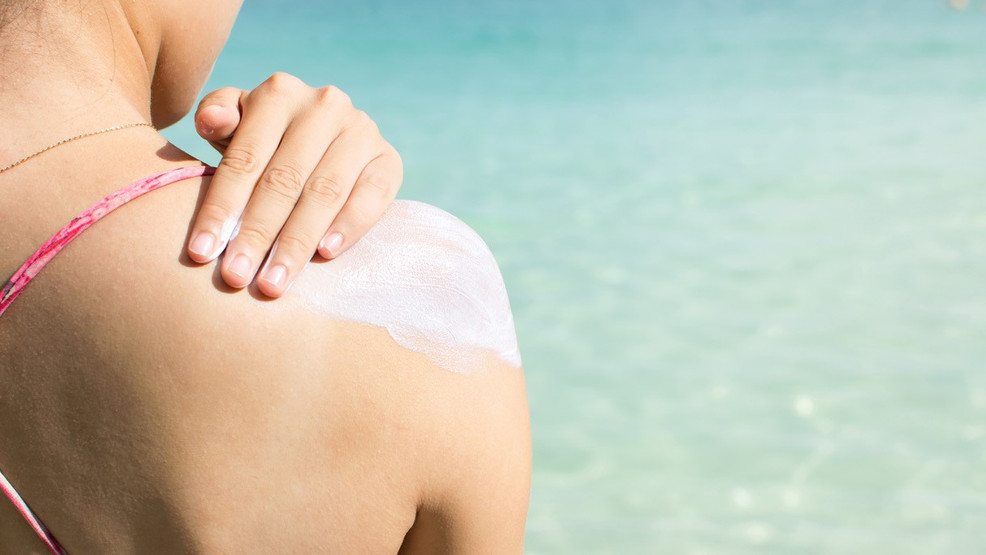Sunscreen Skepticism Fuels Skin Cancer Concerns Among Young Adults in Utah
SALT LAKE CITY – A troubling trend is emerging among young adults in Utah and nationwide: a growing reluctance to use sunscreen, fueled by misinformation circulating on social media. This trend is particularly alarming in Utah, a state with the highest melanoma rate in the country, where abundant sunshine and high elevation intensify the risk of sun damage. Dermatologists are sounding the alarm, warning that the proliferation of unsubstantiated claims regarding sunscreen’s safety is creating a public health crisis in the making.
The American Academy of Dermatology recently published a study revealing that only 37% of Generation Z individuals use sunscreen regularly. This statistic paints a grim picture, especially considering Utah’s outdoor-centric lifestyle and the state’s already elevated skin cancer risk. The pervasive nature of social media has allowed misinformation to spread rapidly, influencing younger generations who often rely on these platforms for information. Influencers, in particular, have played a significant role in disseminating these misleading narratives, claiming that sunscreen is toxic, carcinogenic, or simply ineffective. These claims, however, lack scientific backing and are actively refuted by medical experts.
Dr. Mark Hyde, PhD, an Assistant Professor of Dermatology at the University of Utah, strongly dismisses the claims circulating on social media, labeling them “abjectly untrue.” He acknowledges that some studies have suggested potential health concerns related to certain chemicals found in specific sunscreen formulations, particularly at high concentrations. However, he emphasizes that the amount of these chemicals absorbed through the skin during typical sunscreen use is negligible and poses no significant threat to hormonal balance or overall health. The benefits of sunscreen use in preventing skin cancer far outweigh any theoretical risks associated with these trace amounts of chemicals.
For individuals who remain apprehensive about potential health risks associated with chemical sunscreens, Dr. Hyde recommends opting for mineral-based sunscreens containing zinc oxide or titanium dioxide. These mineral sunscreens function by creating a physical barrier on the skin that reflects UV radiation, offering broad-spectrum protection without the use of chemical filters. This alternative can provide peace of mind for those concerned about chemical absorption while still ensuring adequate protection against the sun’s harmful rays.
Dr. Hyde stresses the importance of critically evaluating the credibility of information sources encountered on social media, particularly when it comes to health-related advice. He encourages individuals to examine the credentials and expertise of those sharing information, noting that true experts typically disclose their qualifications and training in their profiles. Discerning between informed opinions and unsubstantiated claims is crucial in navigating the often-confusing landscape of online health information.
The overwhelming scientific consensus supports the regular use of sunscreen as a critical preventative measure against skin cancer. Dr. Hyde, emphasizing his own commitment to sunscreen use, states, “For me and my family, I’m not picky. I use sunscreen. I use higher SPF. I’m not worried about this rumored risk because I know the real proven risk is the risk of skin cancer that sunscreen protects against.” This sentiment echoes the broader medical community’s position: the proven benefits of sunscreen in reducing skin cancer risk significantly outweigh any unsubstantiated concerns propagated on social media. Continued education and awareness campaigns are crucial to combatting misinformation and promoting responsible sun protection habits, particularly among younger generations. The stakes are high, especially in a state like Utah, where the sun’s intensity and the prevalence of outdoor activities necessitate diligent sun protection practices.


